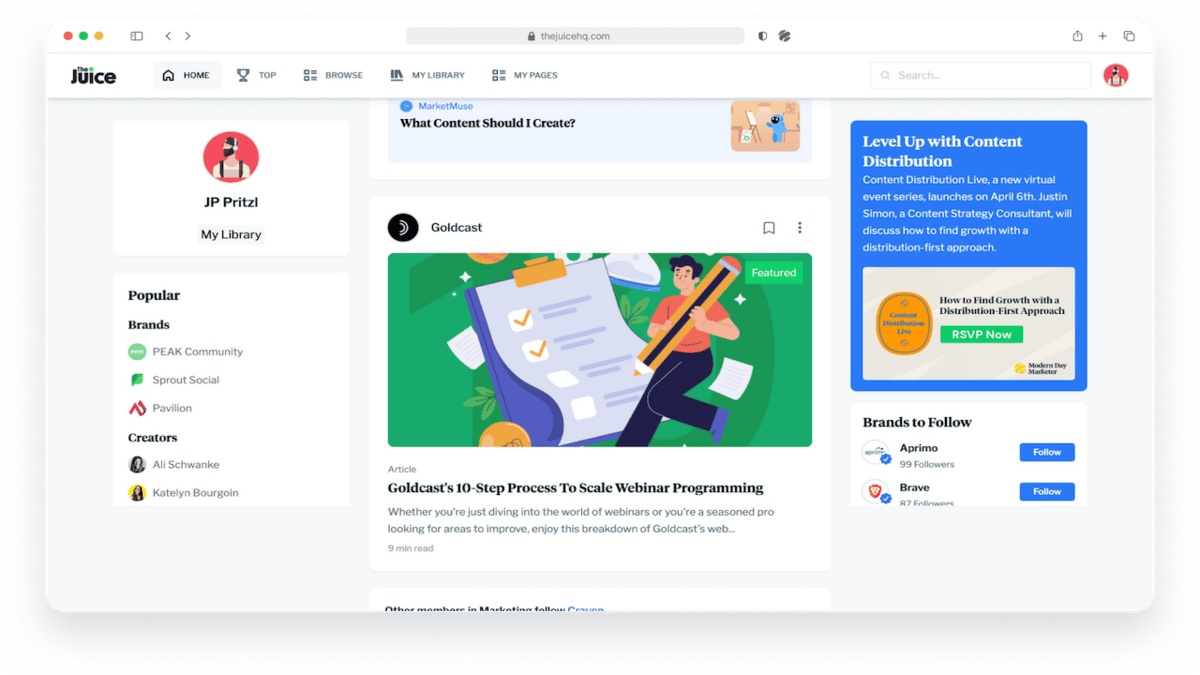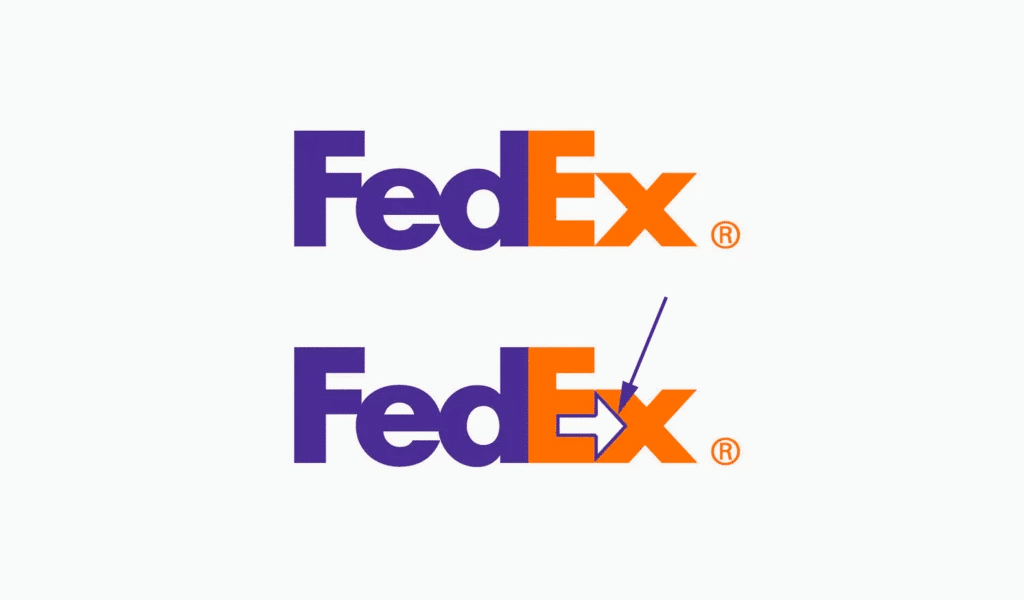
Howdy Readers🥰

Maybe it’s GPT! Maybe we’re just bad at prompts? 💁♂️🙄
In this newsletter, you will find:
🪄The Magic Of Processing & Perceptual Fluency
🔍 Redefining Target Market: Why We Need To Spot Challenge People Now
Stop drowning in content. Get personalized learning to level up your career.

What if,
1. You never ran out of Marketing ideas?
2. You had verified Marketing and Sales content at your fingertips for FREE?
3. You could access the best podcasts, guides, reports, and videos all in one place?
Well, The Juice is your one-stop for all of the above and more!
Condense and customize everything that matters specific to YOUR role:
✅ Filter updates according to content type
📧 Customize email digests and schedule them as you want
👀 Keep track of what's trending with others at your career level
Start growing beyond imagination at no cost but your time and no effort but a few clicks!
Signup for free now! Your Inbox (and your brain) will thank you😊
🪄THE MAGIC OF PROCESSING & PERCEPTUAL FLUENCY
Processing Fluency is basically the idea that the more easily our brains can digest something, the more we end up liking it. Now, for brands, this is super cool. Why? Because it’s like our brains are wired to confuse "easy to understand" with "easy to like." It's a pretty wild concept when you think about it!
Even the tiniest details about how something's presented can totally shift how shoppers see things and behave. Like, if you keep the information simple and straightforward, shoppers are way more likely to vibe with it. But if it's all complicated and convoluted, they're probably gonna bail.
This doesn’t mean you don’t need creativity, and that straight to the point will always work. NOPE! It just means that your creativity needs to be as simple and relatable as possible!
Now once you’ve ensured your campaigns comply with the processing fluency, you need to add the perceptual fluency charm!
Perceptual Fluency is the ease at which the customer can perceive the information and take action!
Now here are 3 ways you can put these into use:
Sensory Branding:
Utilize distinct scents, sounds, or tactile elements for consistent sensory stimulation, enhancing perceptual fluency and creating memorable experiences.
Integrate sensory cues across retail, ads, and packaging to form strong associations, aiding brand recognition and differentiation.
Leverage sensory stimuli to evoke emotions, leave lasting impressions, and deepen connections with consumers.
Example: Abercrombie & Fitch's sensory branding with its signature scent, Fierce enhances perceptual fluency and reinforces its brand identity.
Gestalt Principles in Design:
Apply Gestalt principles (proximity, similarity, closure, continuity) to improve processing fluency, allowing effortless perception of complete messages.
Organize elements following these principles for cohesive visuals that enhance brand recognition and engagement.
Gestalt-inspired designs captivate attention, making it easier for consumers to comprehend information and process it efficiently.
Example: FedEx's logo cleverly utilizes Gestalt principles, incorporating an arrow between the "E" and "x" to represent speed and enhance processing fluency and brand recognition.

Cross-Channel Consistency:
Maintain unified visuals, messaging, and tone across channels to enhance perceptual and processing fluency.</


